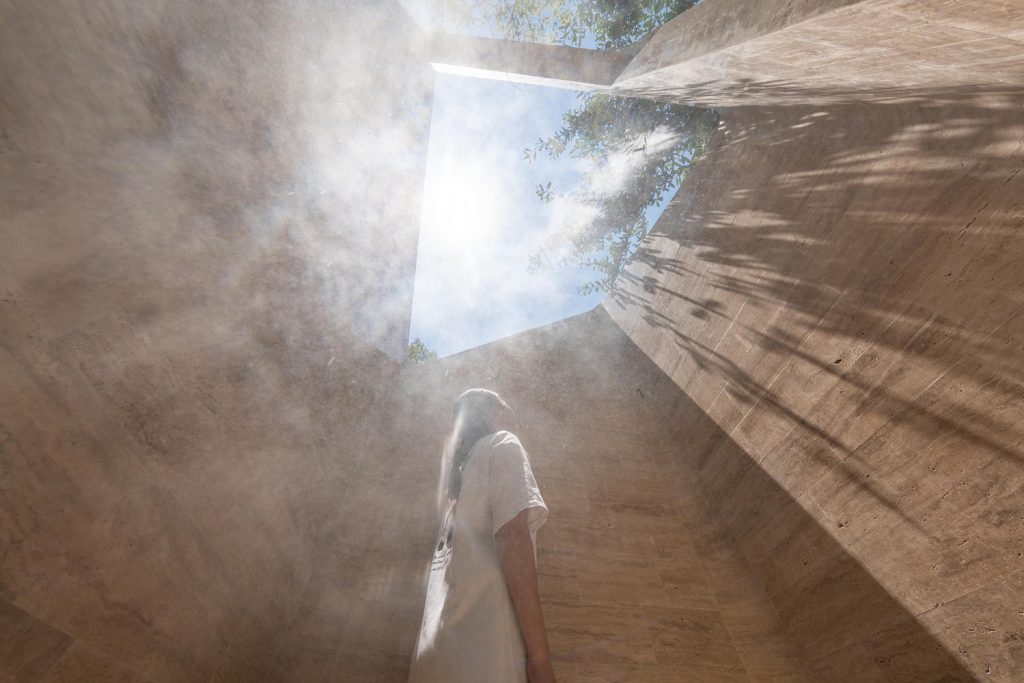Let’s get creative with alternatives to cement:
innovation in architecture: living materials from biotechnology – Sidmouth Solarpunk
We do indeed need alternatives:
As demonstrated in the Chatham House report, while cement (an essential element for concrete manufacturing) is extremely detrimental to the greenhouse effect and climate crisis –representing about 8% of global CO2 emissions–, its global production is nevertheless expected to increase over the next 30 years. It is said that this increase will stem from the demand for rapid urbanization in regions such as Southeast Asia and sub-Saharan Africa. At the same time, the last IPCC report warned that we only have 11 years to reduce emissions and prevent irreversible damage due to climate change. In other words, the cement industry is facing a significant expansion at a time when emissions need to fall rapidly – a perfect storm.
Although a variety of innovative materials have shown potential in reducing the industry’s carbon emissions, it is almost naive to believe that concrete can be replaced in the near future. Nevertheless, there are some options to make the production of concrete more eco-friendly, and to reduce its use in construction…

Concrete Jungles: 6 Cement Alternatives that can Reduce its Impact in Cities | ArchDaily
